Frankfurt am Main is planning to introduce three so-called superblocks to reduce traffic in residential areas and improve the quality of life. This innovative urban planning concept, which originated in Barcelona, aims to make inner-city neighborhoods safer and more attractive for pedestrians and cyclists. This development could also offer new opportunities for restaurants and retailers in these districts.
What are superblocks?
A superblock is an urban area that extends over several blocks or residential neighborhoods. Within a superblock, through traffic for cars is largely prevented and diverted to surrounding main roads. Residents, delivery traffic and emergency services are still allowed to enter, but only at a greatly reduced speed of 10-20 km/h maximum.
This reorganization of traffic creates a variety of possibilities for redesigning and upgrading the new street space. Parking spaces can be converted into green areas, meeting zones and playgrounds. The quality of stay increases, while noise and exhaust pollution decrease. Pedestrians and cyclists are given priority and more space.
Locations and implementation in Frankfurt
In February 2024, the city council decided to set up three superblocks in Frankfurt. The first locations under discussion are districts in Bockenheim and Nordend-West, which already have traffic-calmed zones that can be supplemented by the concept. A third location has not yet been determined, but the local authority in Bornheim has already expressed interest.
200,000 has already been allocated for planning and public participation in the 2023 budget. The actual implementation is scheduled to begin in summer 2024 as soon as sufficient personnel resources are available. Initially, reversible measures such as greenery in planters and street furniture will be used to make changes visible before the street space is structurally adapted in the long term.
Opportunities for gastronomy and retail
The creation of superblocks also offers potential for local restaurants, cafés and stores. Studies from Barcelona show that the number of stores in superblocks has increased by 30%. More pedestrians mean more potential footfall. In addition, restaurants can use the newly created car-free areas for additional outdoor seating and thus expand their capacity.
It is crucial that the interests of businesses are taken into account early on in the planning process. This includes, for example, ensuring that delivery traffic and accessibility for guests remain guaranteed. A sufficient number of parking spaces for residents and visitors should be available in neighborhood garages or adjacent streets.
If it is possible to increase the quality of life in public spaces and at the same time incorporate the concerns of businesses, superblocks can also help to strengthen the local economy. This opens up opportunities, particularly for small owner-managed businesses that rely on footfall.
Experiences from other cities
Barcelona as a pioneer
Barcelona is considered a pioneer of superblocks. Superblocks have been gradually established there since 1993 and there are now six of them. Evaluations show predominantly positive effects: Foot traffic increased by 10%, cycling by 30%, while car traffic fell by 26%. Air quality and noise pollution have also improved.
Fears that the local retail trade could suffer from the changes have not been confirmed. On the contrary, the number of stores has actually increased. According to a study, the life expectancy of residents in superblocks has increased by almost 200 days.
Vitoria-Gasteiz in Spain
The capital of the Basque country, Vitoria-Gasteiz, began setting up superblocks in 2009. There are now 17 such areas there and 48 more are planned. Here too, measurements show a significant improvement in air quality and a reduction in car traffic.
Vitoria-Gasteiz received the European Green Capital Award in 2012 for its sustainable transport planning. The superblock concept was classified as best practice by UN-Habitat.
Vienna tests “Supergrätzl”
In Vienna, a “Supergrätzl” was tested as a pilot project from 2022 to 2023 as part of an exploratory project. Surveys revealed a high level of acceptance among the population. Women in particular rated the upgrading of the public space positively.
Important success factors were the early involvement of local residents, temporary interventions to test the changes and gradual implementation. Vienna also showed that close coordination with local businesses is crucial.
Hamburg trial proves convincing
In the Hamburg district of Ottensen, the pilot project“Ottensen macht Platz” took place in 2019, in which traffic-calmed zones were set up. An evaluation by Hamburg University of Technology found that the quality of life and sense of safety among residents had improved. Conditions for pedestrians and cyclists have also improved and traffic noise has decreased.
Fears of negative consequences such as a loss of retail sales or an increase in nocturnal disturbances did not materialize. Here too, the participation of local residents and businesses was crucial from the outset.
Conclusion
The concept of superblocks offers great opportunities to improve the quality of life and quality of stay in Frankfurt’s city districts. Experience from other European cities shows that careful planning and the involvement of all stakeholders are the key to success.
For restaurants and retailers in particular, traffic calming and the upgrading of public spaces also offer economic potential. More pedestrians and dwell time can have a positive effect on business.
It is crucial that the interests of businesses are taken into account from the outset during implementation. This includes practicable solutions for delivery traffic, accessibility and parking spaces as well as the possibility of using outdoor areas for catering.
If it is possible to find a balance of interests here and at the same time boldly break new ground in traffic and urban planning, the superblocks can be a gain for Frankfurt and its residents. The planned scientific monitoring and public participation are important building blocks in this respect.
The gastronomy and retail sectors in the affected districts have the opportunity to play an active role in shaping liveable neighborhoods and to benefit from this economically. It will be exciting to follow the further development of the Frankfurt superblocks.
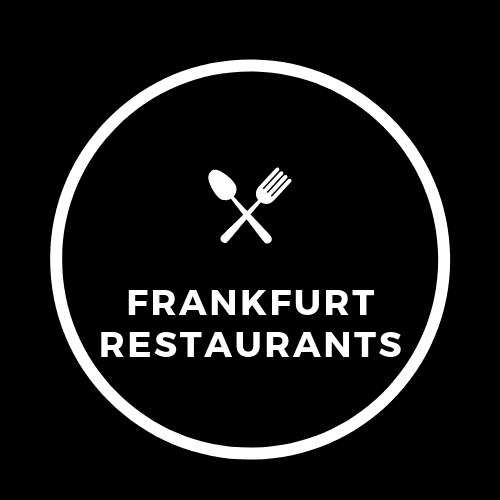


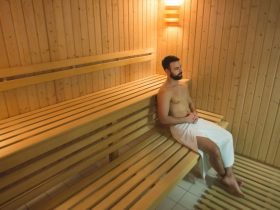


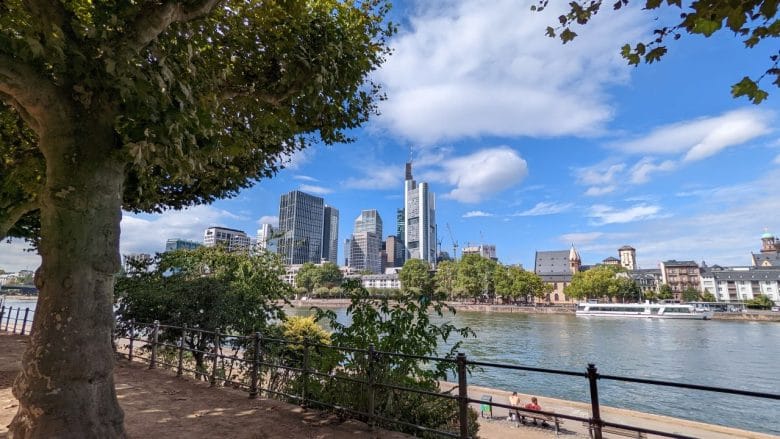

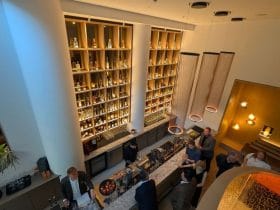




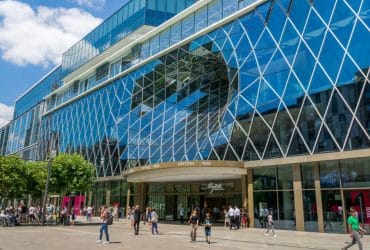
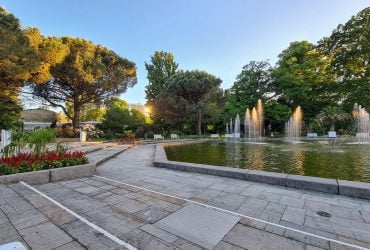
Leave a Review